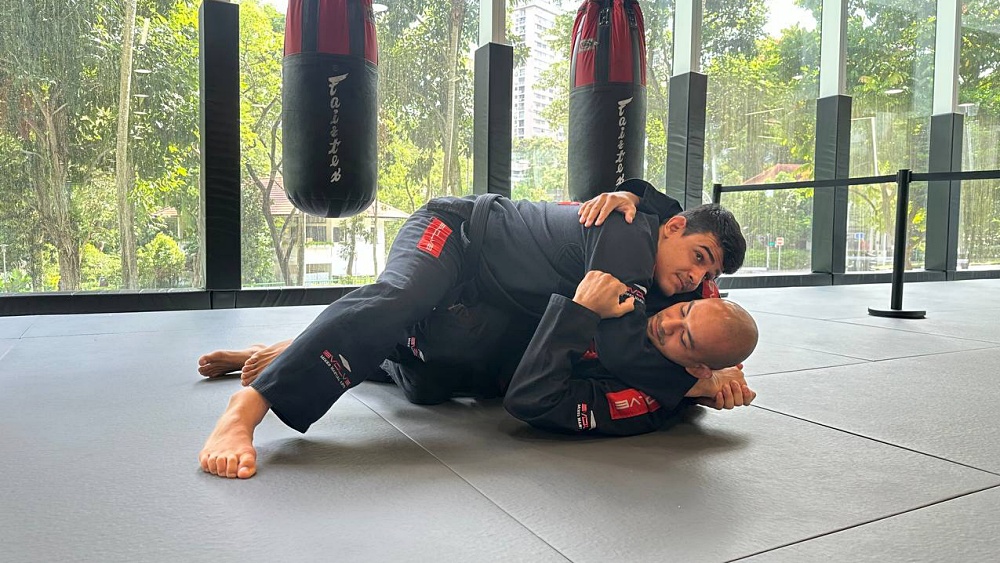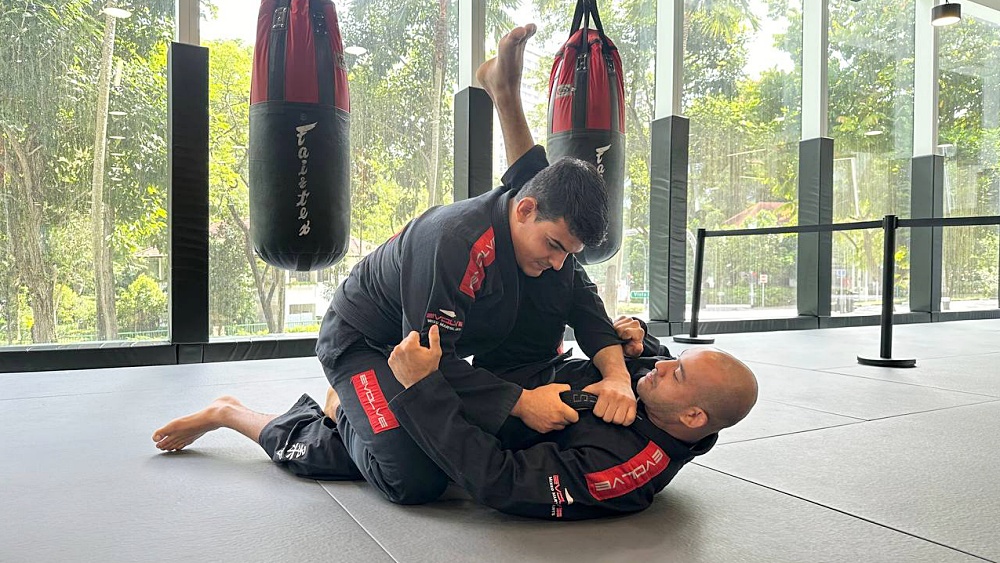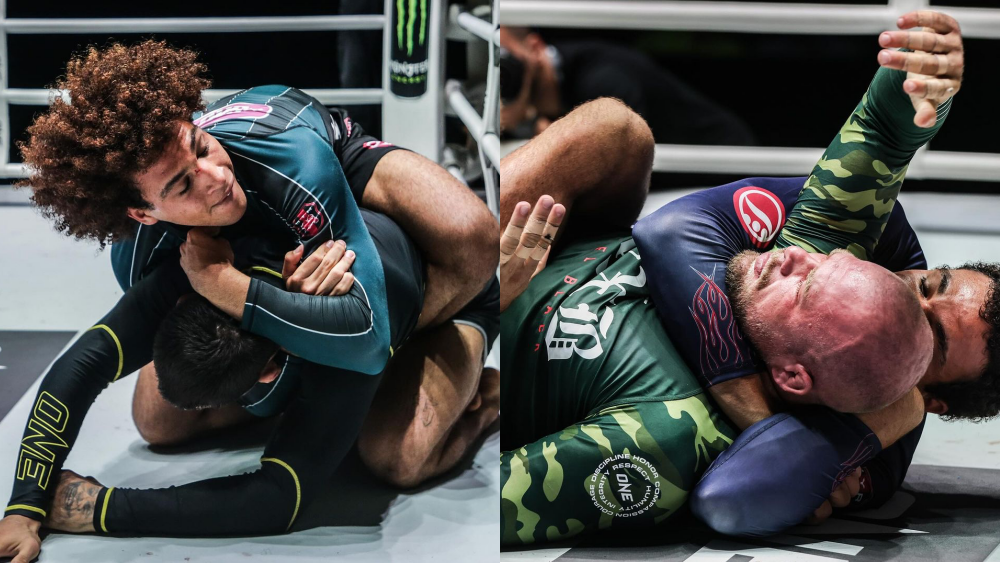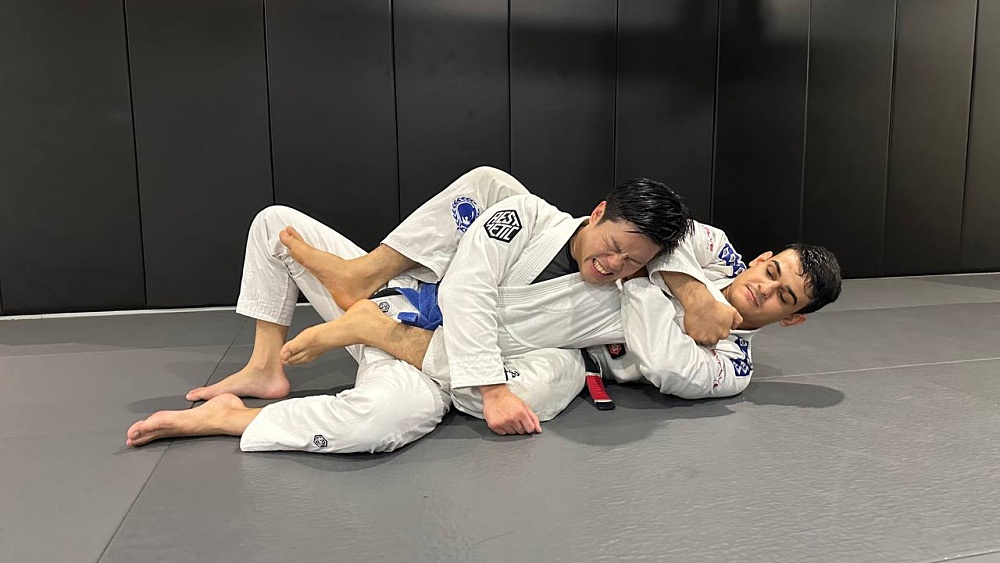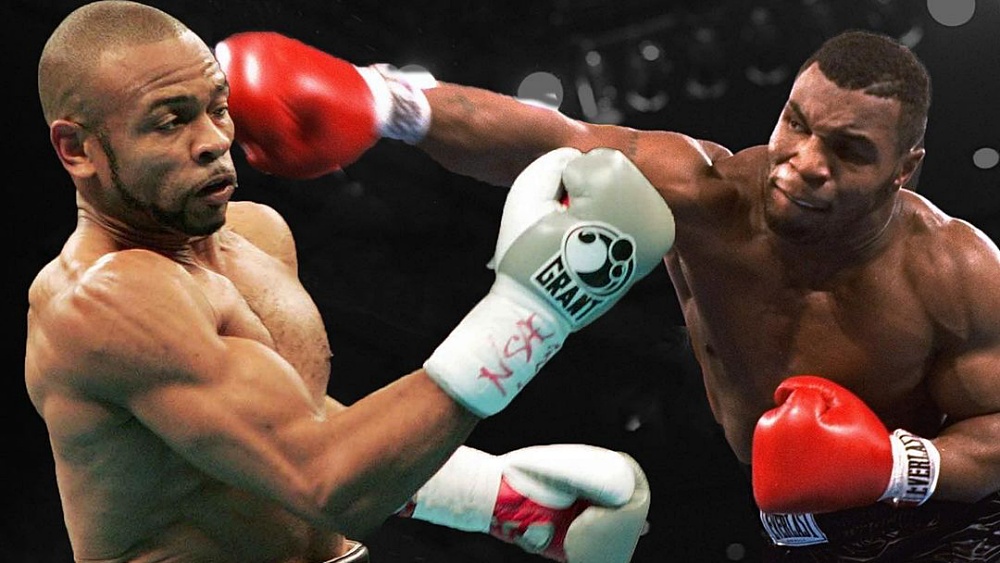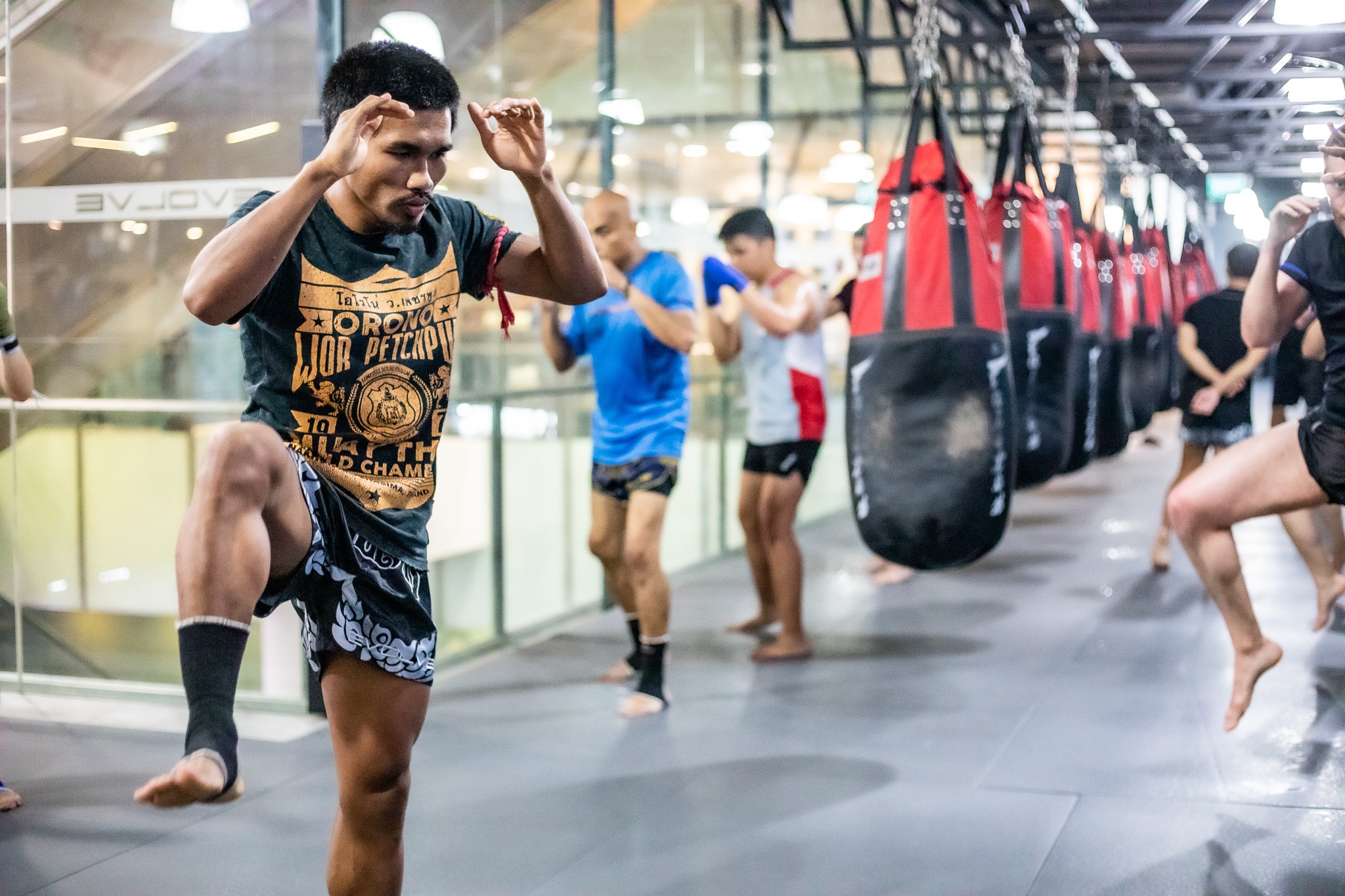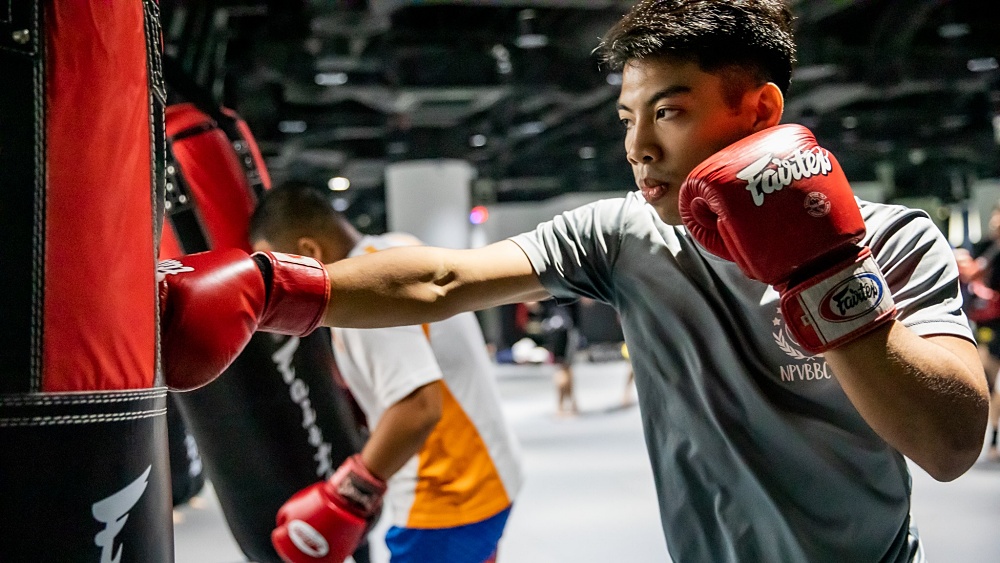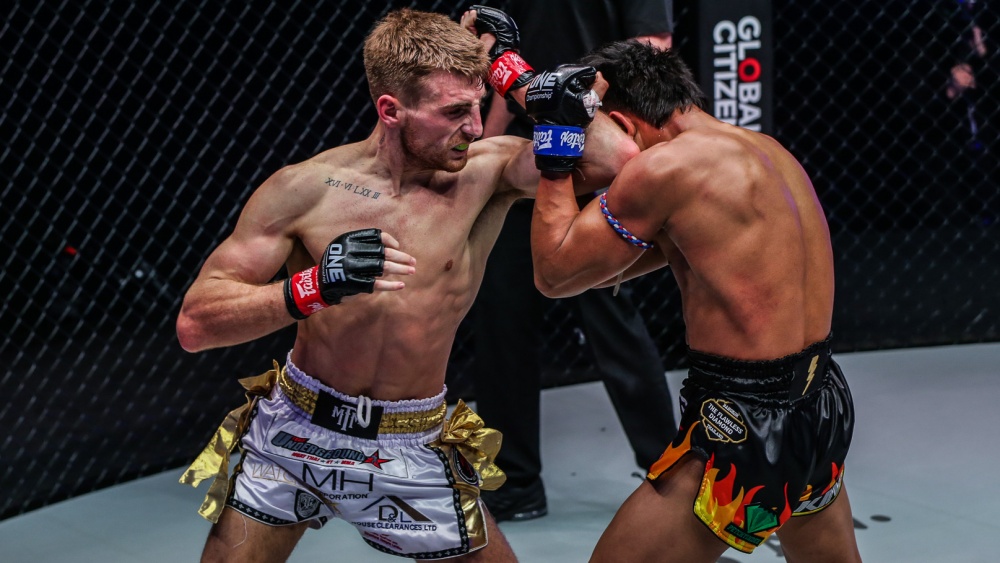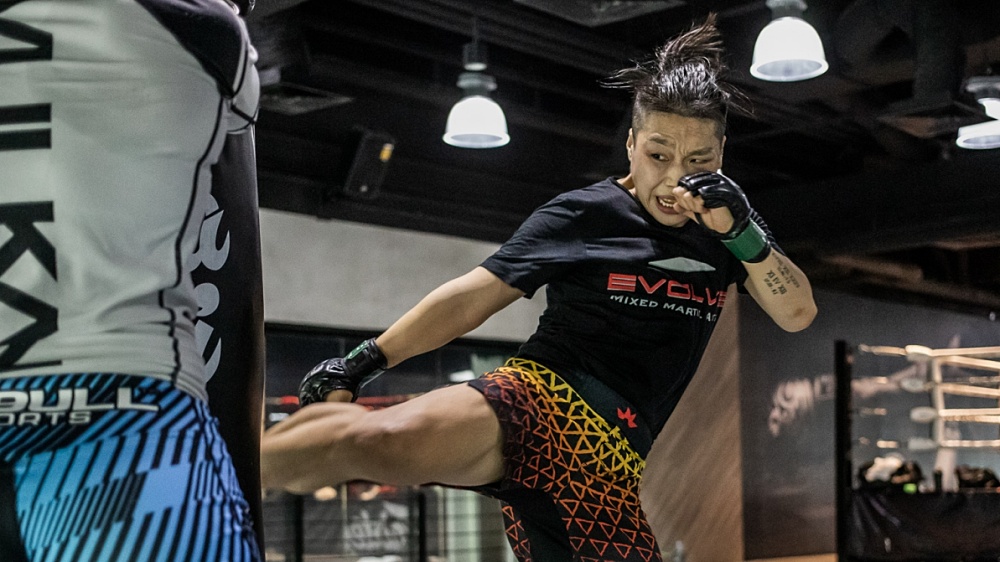Beginning to learn how to grapple without the gi can be quite intimidating to BJJ practitioners, especially when you begin to train stand up. It can often feel as if you have no chance against your partners who have prior wrestling or no-gi experience as they blast you with double and single legs, taking you down repeatedly. This experience can be quite daunting, but it is not inevitable.
Establishing a dominant grip in BJJ is an important factor that can dictate how and where the match goes. Starting from the standup where all matches start, staying attached to the opponent by using grips will allow a grappler to set up throws or takedowns that will assert his dominance in the match. Take a look at our guide for no-gi stand up grip fighting strategies that will help you learn how to set up your takedowns and turn the tables on your training partners!
Importance Of Grips In No-Gi BJJ
In BJJ, grips are applied in all positions, starting from standup and to the ground. As mentioned above, a dominant grip can control a match. Grapplers can use the established grips to attack or limit an opponent from doing certain movements.
The importance of grips is that it gives you the ability to control the opponent to prevent him from attempting takedowns, guard passes, and defensive reactions such as getting an overhook, underhook, or posting. Getting the wrist or head control opens the possibility for sweeps and submissions in some scenarios, especially when on the ground.
Although having a dominant grip is vital in controlling the opponent, this doesn’t mean that you should apply a death grip to stop the opponent from moving in place. Other than it quickly wears out your grip, the more you resist the pull, the easier it is for the opponent to pull out. You must therefore learn to follow their movements.
No-Gi Grip Fighting Strategies
It gets harder to keep your preferred grips in no-gi, especially in the later stages of a training session or match. Hence, it is ideal that you know how to apply grips efficiently. Below are the grips you must look for and the things to consider in no-gi to effectively control your opponent at the crucial moments of a match.
1) The Underhook
A great rule of thumb for those who are new to the no-gi stand up game is to always go for the underhook. The underhook is an incredibly powerful grip as it accomplishes two things simultaneously. As achieving the underhook places your arm under your opponent’s arm, it will allow you to change levels and drop for traditional leg-based attacks like double and single legs while stopping your opponent from changing levels on you. This makes it a great place for beginners to start learning, as obtaining it will stop some of your opponent’s more common attacks and give you time to remain on their feet and practice.
The most common way for you to establish the underhook is off of your opponent’s collar tie. When your opponent extends his arm and grabs your neck, step forward with the same side foot and shoot your arm into the underhook position. While the collar tie is powerful, it is very vulnerable to being countered with an underhook so you shouldn’t have too much trouble establishing it. If your opponent chooses to overhook your arm, (known as a “whizzering”), your hand will likely rest across his back. If he fails to whizzer you, you can establish the “power underhook” by reaching with your underhooking hand and cupping his shoulder. This is a much more powerful version of the underhook that should be taken whenever possible.
5 Attributes You Need To Build To Become Better At BJJ https://t.co/hVvZuBmuIo #EvolveMMA #BJJ pic.twitter.com/t3uE9kAjzO
— Evolve MMA (@EvolveMMA) May 14, 2020
While the best takedowns from the underhook are the double and single leg takedowns if your opponent whizzers your arm these are going to be difficult. If he does whizzer, take your underhook side leg and kick his nearest leg out of the way, similar to an Uchi Mata throw. Before his leg lands, step the leg you just used to kick behind his other foot as you reach down and grab it. All you have to do now is drive forward, executing a perfect ankle pick.
2) The Arm Drag
The arm drag is perhaps one of the most commonly used no-gi grip fighting strategies, due largely to its simplicity and effectiveness. Originally developed in freestyle wrestling, the arm drag is a great way to create movement from your opponent, which will allow you to capitalize and attack based on his defense. The best time to execute an arm drag is when one of your opponent’s arms is extended away from his body, usually reaching to your head. The first step is to take your same side hand and grab his wrist, securing it in place. Then as you step outside of that arm, your other hand will reach to his elbow. As you pull with your grip on his elbow your wrist grip should “drag” his hand across your body as you move around to his back. While the ideal arm drag will end with you in a rear body lock on your opponent, in reality, this is very difficult to achieve, so we will have to attack with a follow-up.
The most common response for an opponent when you attempt to arm drag him is to violently pull his arm back, stopping you from dragging it and getting behind him. If you feel that your initial “pull” is not going to be strong enough to get around him, that is a perfect time to attack with a double leg. As your opponent is pulling his arm away, his weight is naturally going to be going backwards, making him very vulnerable to the double leg. While a traditional double leg would be effective from this position, a blast double would be best. As he pulls away, drive your forehead into the center of his chest as you step towards him and cup your hands behind his knees. Now simply take another step and drive forward, driving him down to the mat
3) The Snap Down
Like a lot of other techniques used extensively in modern no-gi grappling, the snap down was first popularized in wrestling. While it is effective under a wrestling ruleset, it is even more useful in submission grappling as it creates the opportunity for front head lock strangles like the guillotine, darce, and anaconda. While it is important for beginners to learn all different sorts of takedowns and takedown defense, it is also crucial to remember that the point of taking someone down is so that you can ultimately submit them. The snap down will allow you to move straight towards this objective, as you can either pursue your favorite strangle or come around for a takedown and pin.
4 Unexpected Lessons You’ll Learn In A BJJ Gym https://t.co/3CtlN5fnXr #EvolveMMA #BJJ pic.twitter.com/YMONxdeC9G
— Evolve MMA (@EvolveMMA) March 8, 2020
The easiest way to execute the snap down is from the collar tie. If your opponent approaches you from a lower stance, reach your arm out and grab the back of his head, forcing it down and towards the side. Next, fake a foot sweep by reaching out and touching his foot with one of yours. This will create a reaction of moving his feet back to stop a foot sweep. As his feet are no longer directly under him, you should have a relatively easy time pulling his head down with the collar tie as you guide it under your armpit. Once his head is under your armpit you can either move to a strangle submission, or a takedown, whichever you prefer!
4) Collar Tie
When starting a match, it is ideal to be the first grappler to apply the collar tie to gain the first advantage and the opportunity to control the opponent’s body. The body follows wherever the head goes. Thus, having a dominant grip on the head will make it easier for you to control the opponent’s body to effortlessly apply your takedowns or even a simple kuzushi.
The typical way to apply the collar tie is by grabbing the opponent’s neck all the way behind, with his hands on the outside. Although this is the usual way, a great tip to apply a powerful collar tie is to go all the way to the other ear of the opponent. This makes it harder for the opponent to posture up.
The collar tie can also be applied in the closed guard and is just as effective from the standup position. Performing a collar tie while in the closed guard is a good way to close the distance and prevent the opponent from posturing up. This opens the opponent from sweeps and submissions such as the triangle and a guillotine.
5) Overtie
The overtie is a collar tie applied from the outside. It is applied when an opponent grabs you with a collar tie, and you put a collar tie on the same side, resulting in an overtie. Overtie is a great way to use your grips defensively to move to sides and get angles. Circling makes your opponent follow you, thus, opening an opportunity to go for a takedown.
6) Wrist Control
Successfully controlling the wrist of the opponent will limit his ability to set up his techniques. In a standup position, it is common knowledge in grappling to not let your opponent control your wrists unless you are setting up a move like the Russian armtie snap down or a flying armbar. Matches start by setting up grips, and your ability to control the opponent’s wrist will restrict him from advancing into his game plan.
As mentioned earlier, it becomes hard to grip an opponent in the later stages of a match. To apply efficient wrist control, aim for the slimmest part of the wrist (above the ulna) and apply your grip where your middle finger connects with your thumb. Even though it’s easy to break grips in a standup grip fight, using a two-on-one grip can work as an alternative.
The two-on-one grip is relatively powerful in no-gi, both in open and closed guard. With the use of a two-on-one grip, you can stop an opponent from passing the guard, particularly in the closed guard. It can be used to set up arm drags and take the back or to simply pull your opponent to enter a type of open guard like the butterfly guard, set up sweeps, and submissions.
7) Ankle Grip
An ankle grip is commonly seen in open guards such as the De La Riva and is used to sweep opponents with techniques like the double ankle sweep. Gripping the opponent’s ankle is one way to apply kuzushi effortlessly. It can also be used for takedowns, which is famously known as the ankle pick.
8) Grip Fighting
Grip fighting is crucial in no-gi BJJ. As matches start by setting up grips, an experienced opponent knows it is not wise to give away grips, as it runs the risks of getting controlled. Therefore, you must practice grip fighting to apply grips on a resisting opponent.
As seen in the 6-minute mark of the video, an example of a grip fighting drill includes the deflection of grips, wrist pummels, which is circling your hands to break grips, breaking collar ties, and tradeoff, which is gripping the wrist of the opponent with your other hand to free your hand.
Final Thoughts
In both gi and no-gi grappling, all matches start with setting up a connection with the opponent by applying grips. Incorporating a grip fighting strategy into your game plan will help you execute your moves smoothly.
Aside from the game plan, it is also beneficial to do grip strengthening exercises such as farmers’ walks, deadlifts, and reverse curls to help with the durability and strength of our grips when the situation calls for it.
You may also like:

